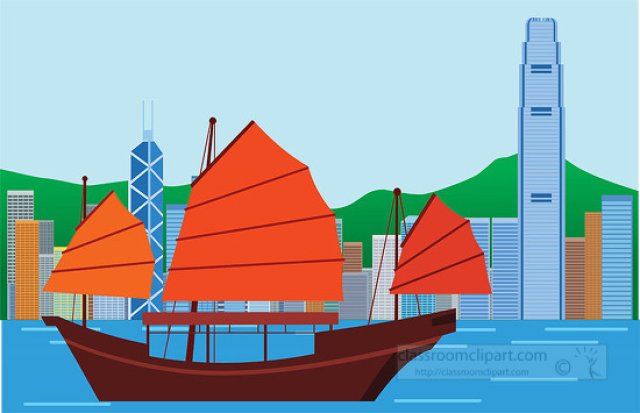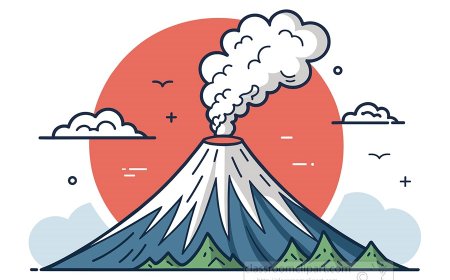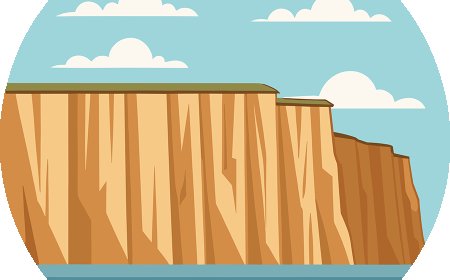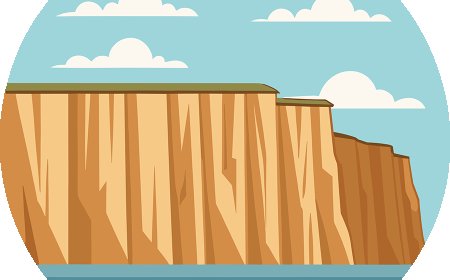Asia for Kids: Countries, Landforms, Animals, and Cultures Explained
Discover the continent of Asia—its geography, countries, landscapes, culture, and fun facts. This student-friendly article includes a vocabulary list, quiz, and world geography connections.

🌐 What Is the Continent of Asia?
Asia is one of the seven continents of the world, and it is the largest by both area and population. It covers about 30% of Earth’s land and is home to over 4.7 billion people, which is more than half of the world’s population. Asia is located mostly in the Eastern Hemisphere and the Northern Hemisphere, and it shares its western border with Europe—together they form a supercontinent called Eurasia.
Asia includes a vast number of countries, climates, and landscapes. It stretches from the icy Arctic in the north to the tropical islands of Southeast Asia in the south. Because of its enormous size and diversity, Asia is often divided into different regions.
🗺️ Where Is Asia Located?
Asia is bordered by:
- The Pacific Ocean to the east
- The Indian Ocean to the south
- The Arctic Ocean to the north
- Europe to the west (divided by the Ural Mountains and Ural River)
It is connected to Africa at the Suez Canal in Egypt and to Europe by land. Some countries, like Russia and Turkey, are located in both Asia and Europe.
🌍 Countries of Asia
Asia is made up of 49 countries, including some of the world’s largest and most well-known nations:
- China – The most populated country in the world
- India – Known for its rich culture and history
- Japan – A major technology and manufacturing hub
- Russia – Partly in Europe, but mostly in Asia
- Indonesia – An island nation made up of over 17,000 islands
- Saudi Arabia – Known for deserts and oil resources
- South Korea, Vietnam, Thailand, Iran, Pakistan, Nepal, and many more
Each country has its own government, language, traditions, and identity.
🧭 Regions of Asia
Because Asia is so large, it is divided into five major regions, each with its own geography, climate, culture, and history.
1. East Asia
- Includes: China, Japan, South Korea, North Korea, Taiwan, Mongolia
- Features: High-tech cities, ancient cultures, strong economies
- Climate: Cold winters in the north, humid summers in the south
- Notable: The Great Wall of China, Tokyo
2. South Asia
- Includes: India, Pakistan, Bangladesh, Nepal, Sri Lanka, Bhutan, Maldives
- Features: Himalayas, Indus River, Ganges River
- Climate: Hot summers, monsoon rains, cooler mountain regions
- Notable: Birthplace of Hinduism and Buddhism
3. Southeast Asia
- Includes: Indonesia, Thailand, Vietnam, Philippines, Malaysia, Singapore, Cambodia, Laos, Myanmar, Brunei, Timor-Leste
- Features: Tropical rainforests, islands, coastlines
- Climate: Hot and humid year-round with monsoon seasons
- Notable: Angkor Wat, rice farming, unique island cultures
4. Central Asia
- Includes: Kazakhstan, Uzbekistan, Turkmenistan, Kyrgyzstan, Tajikistan
- Features: Dry deserts, mountains, grasslands (steppes)
- Climate: Cold winters, hot summers, dry air
- Notable: Silk Road trade routes
5. Western Asia (Middle East)
- Includes: Saudi Arabia, Iran, Iraq, Turkey, Israel, Jordan, Syria, Lebanon, and more
- Features: Arabian Desert, mountains
- Climate: Hot and dry with little rainfall
- Notable: Origin of Judaism, Christianity, Islam
🏘 Countries and Capitals
Asia has 49 countries. Here are a few important ones:
| Country | Capital |
|---|---|
| China | Beijing |
| India | New Delhi |
| Japan | Tokyo |
| Russia (part) | Moscow |
| Indonesia | Jakarta |
| Saudi Arabia | Riyadh |
| Thailand | Bangkok |
| South Korea | Seoul |
| Vietnam | Hanoi |
| Philippines | Manila |
🐘 Animals and Ecosystems of Asia
Asia is home to many unique animals and ecosystems, from cold tundras to lush rainforests.
🌲 Ecosystems
- Taiga and Tundra: Cold forests and frozen land in Siberia
- Rainforests: Southeast Asia’s rich jungles
- Mountains: Himalayas with snow leopards and yaks
- Deserts: Gobi and Arabian Deserts
- Wetlands and Rivers: Mekong, Ganges, and Yangtze
These ecosystems are vital for millions of species and people across the continent.
🐾 Notable Animals
- Giant Panda
- Bengal Tiger
- Snow Leopard
- Asian Elephant
- Komodo Dragon
- Orangutan
- Peacock, Red Panda, Yak, Camel, Cobra, Saiga Antelope
🏛 Famous Landmarks and Heritage Sites
- The Great Wall of China
- Angkor Wat (Cambodia)
- Taj Mahal (India)
- Petra (Jordan)
- Borobudur Temple (Indonesia)
- Burj Khalifa (UAE)
🏢 Major Cities and Transportation
- Tokyo, Japan – Largest city by population
- Shanghai, China – Trade and business hub
- Mumbai, India – Bollywood and finance center
- Bangkok, Thailand – Tourism and culture
- Riyadh, Saudi Arabia – Oil and Islamic heritage
Asia has high-speed rail, subways, ferries, and busy airports connecting its regions.
🧠 Vocabulary List
| Word | Definition |
|---|---|
| Continent | A large area of land with many countries |
| Peninsula | Land surrounded by water on three sides |
| Archipelago | A group of many islands |
| Monsoon | Seasonal wind bringing heavy rain |
| Desert | A dry area with little or no rain |
| Plateau | Flat area higher than the land around it |
| Tundra | Cold, treeless region with frozen ground |
| Civilization | Advanced society with cities and culture |
| Buddhism | A major religion that began in Asia |
| Ecosystem | Community of living things and environment |
🎓 Conclusion: Why Asia Matters
Asia is the largest continent, rich with cultures, people, and nature. Learning about Asia helps us understand our world and become thoughtful global citizens.





















































